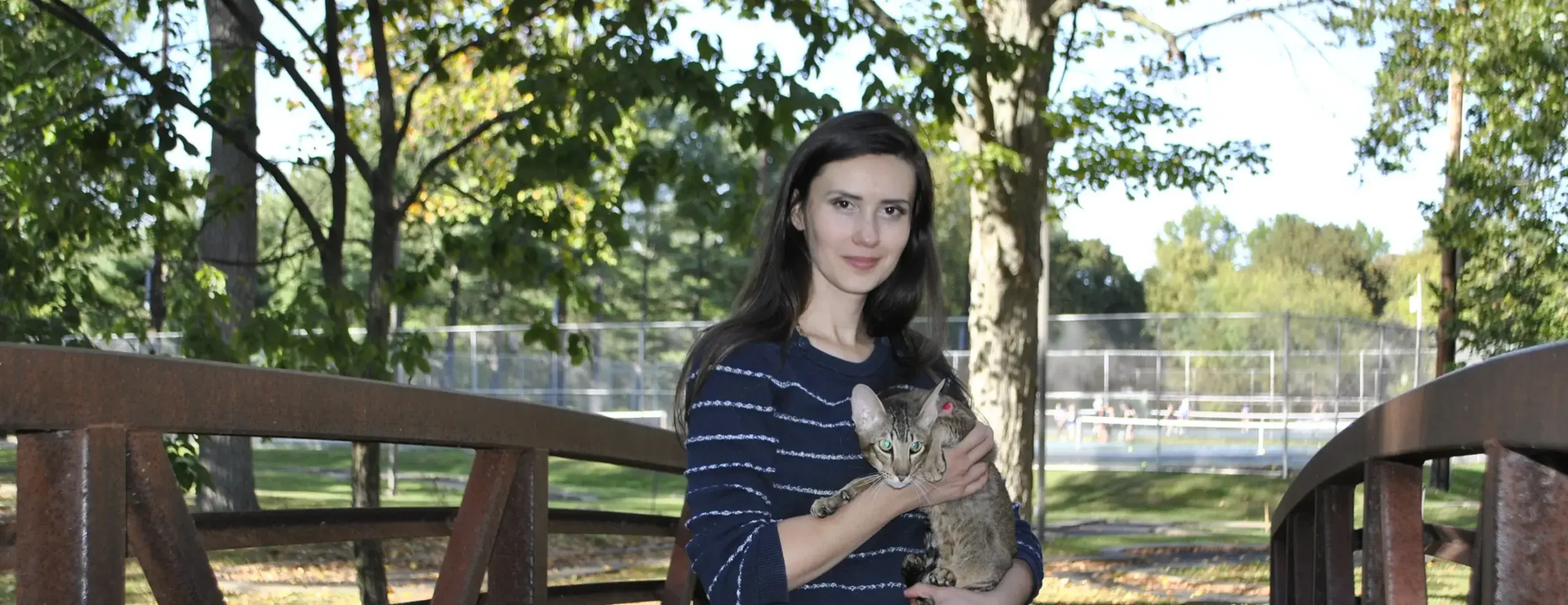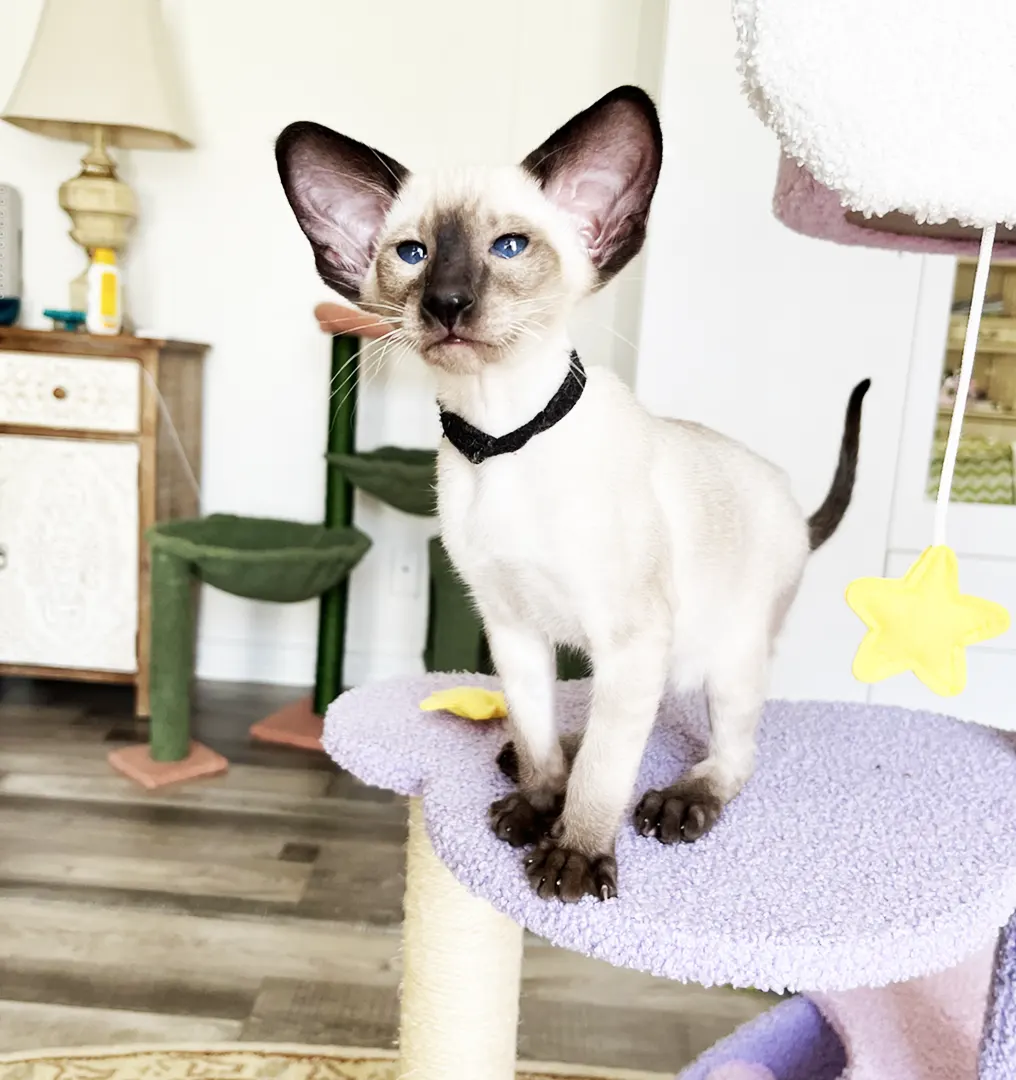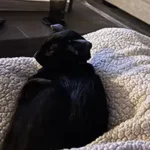There are several options available for shipping kittens to their new homes.
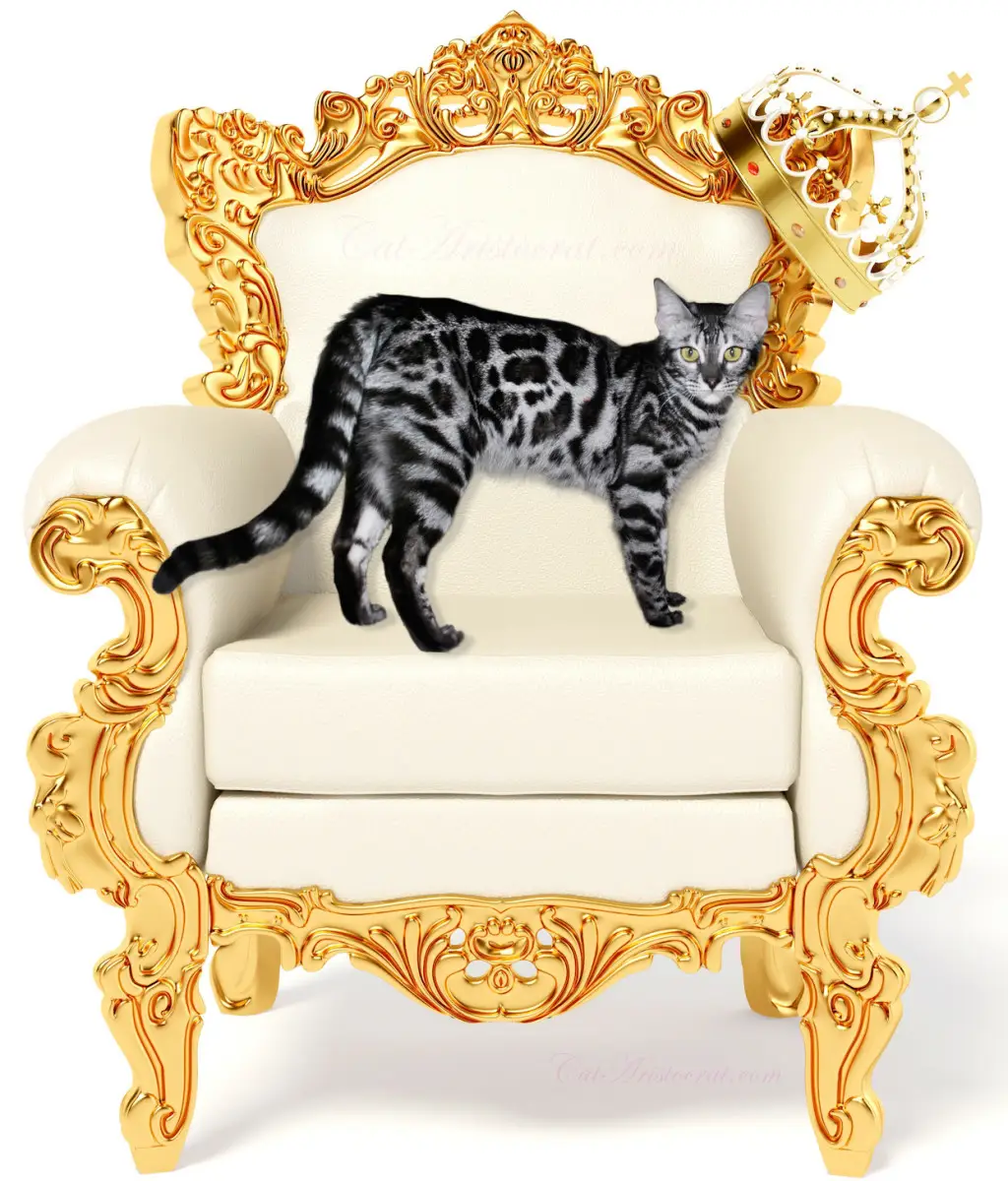
«My house… the cat declares
And spreads his golden fleece upon the chairs »
Robert Louis Stevenson
– Mooom! Mom, there’s a caged leopard, says the six-year-old pulling at his mother’s arm.
– No darling, this is an exhibition of domestic cats. There are no wild animals as there would be in a zoo.
– But there is!!! A small one… a leopard… it probably ate too little porridge. The mom and boy approached the Bengal cat's breeder’s cage.
When showing my cats at shows all over, I still hear such talks, from people who don’t know Bengal cats. On the contrary, they may have heard of homegrown mini-leopards, but have never seen them. And those who have, have also heard about the myths concerning their ‘bad temper’ or even ‘aggressive behavior.’ Add to it all the relatively high cost for kittens (among the top 10 according to Forbes magazine) and you get a lot of misinformed people.
So let’s try and give some real facts about the Bengal cat.
In 1961, Jean Sugden was an American geneticist who, as a student, had worked on breeding Siamese and Persian cats, thus creating the interesting Panda cat. She kept to that line of work after leaving the University and became one of the early supporters of the Himalayan cat*.
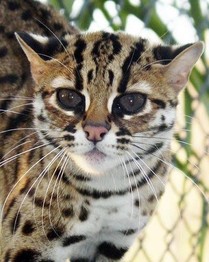
Once, she went on a business trip to Bangkok, where lives Felis bengalensis, also known as the Asian Leopard Cat (ALC.)
Due to extensive poaching, for their skin is priceless, the ALC is on the verge of extinction. There, she saw kittens for sale whose parents had been slaughtered. She couldn’t help but get them and bring them back to America, dubbing them ‘Malaysia.’
Even though raised at home, Malaysia remained a wild cat, rejecting contact as much as possible, and preferring solitude. She also tended to climb upon elevated furniture to sleep, but never showed any sign of aggressive behavior.
But much to everyone’s surprise, she showed interest in the family’s black cat when in estrous. Lo and behold, in 1963, Kin Kin was born from their labor, a healthy little female spotted like her mother. That is when Jean decided to try and breed a well-tempered cat that resembled their wild Asian parents as much as possible. Kin Kin was then repeatedly mated with the black cat, since there were no other potential mates. Unfortunately, the death of Jean’s husband interrupted her work, and Kin Kin had to go to the zoo where she died of pneumonia.
http://cataristocrat.com/the-bengal/
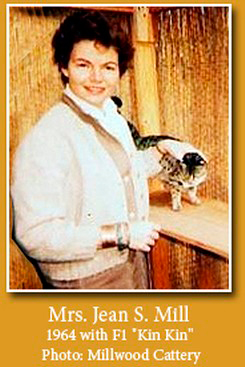
15 years later, Jean (now Mill), read, in a study on the relative immune systems of wild and domestic cats, that some wild ones were immune to the feline leukemia virus (FeLV.) It remained to be seen whether this was a congenital or acquired quality. To this effect, various species from both wild and domestic backgrounds were mated. Jean then requested from Dr. Willard Centerwall, head of the program, that he sent her first-generation female hybrids (F1’s) for her own purposes**, which he did, having no other use for them. She ultimately had nine females roaming her backyard. She and her allergic yet supportive new husband then started working in earnest on breeding the cat of their dreams.
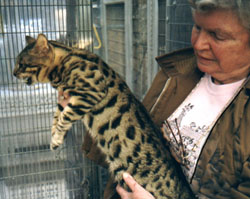
During this process, Centerwall’s F1’s were mated with various domestic cats, Burma and Mau among others. As luck would have it, while traveling in New Delhi in 1982, she chanced upon a golden-orange spotted cat whose tail had been crushed by a rhino. She bought it from the zoo, named it Delhi, and registered it with the CFA (Cat Fanciers Association) as an experimental Mau.
As it turned out, Delhi became Jean’s most suitable and successful breeder. His progeny all had a gorgeous, glowing, ‘glittering’ coat which she fixed in the Bengal breed. She had to overcome the main difficulty which lied in a 70 to 80% infertility rate in the first three-generation males. And of course, not all kittens presented the beautiful spots she was hoping to stabilize. She also included wild Bengals in the program. Success was hard to come. Yet, finally, in 1991, the Bengal cat was presented for the first time at a TICA championship, a cat with gentle contact and a beautiful wild coat.
Nowadays, most feline organizations recognize the Bengal cat, which conquered the hearts of millions around the world, deservedly so. People are first attracted by the outlandish colors, the rich black or chocolate spots on a golden-orange background which cry out for caress and touch. And then there is the hair itself, dense and short, soft as silk. The body is powerfully muscular, and stretched, with strong bones and small eyes on a large head. The short and thick tail recalls a fluffy pipe with a black tip. The females are slimmer and more elegant, the males thicker and more powerful, their movements full of grace. All in all, they recall their leopard ancestors.
Recognized colors of Bengal cats include: Brown tabby spotted, Brown tabby spotted rosettes, Brown tabby marble, Silver tabby spotted, Silver tabby rosettes, Silver Marble Silver tabby marble. Rarer variation of colors such as Snow Bengal on the basis of color-point / mink/sepia. Melanistic and blue colors are in the process of recognition.
|
Origin |
United States |
|---|---|
|
Average male weight |
10–15 lb |
|
Average female weight |
8–12 lb |
|
Price range |
$1,000-$3,000 |
As always, creating a new breed means including several existing ones, taking the good and the bad genes with it. Bad genes generally trigger deficiencies, diseases, and so on. Many of the most obvious have been bred out now, but some remain to this day. One of them though, the long fur coat, has found its own public, and in time these became the Cashmere or Silk Bengals.
The character of the Bengal cat is also called ‘Silk’ contrary to legend. If it is true that the first generations were mostly wild, the domestic Bengal cat is affectionate and sociable, well behaved as any other cat. Of course, the cats themselves choose their human companion. But once they do, they will act like most domestic cats, sometimes ‘helping’ their master in all home affairs.
They are proud but shy, strong but cautious, and they easily get along with any pet, gradually growing to the dominant position in the house. They have elicited a movement of ‘bengalomania’ for Bengal owners often go back to that same breed when the time comes.
Generally speaking, the Bengals needs no more care than most cats. Proper food and veterinarian care will keep your cat in good health. Except for one thing: this cat needs out! Otherwise, it becomes fearful and goes wild. It also loves water and during the hot season will gladly splash and spatter in any pool it finds.
Naturally, such a regal cat as the Bengal couldn’t but attract celebrities. Renowned fashionista and socialite Jemina Khan and her boyfriend Hugh Grant announced a generous reward for the return of their two missing cats in London.
Halle Berry, while filming Catwoman, said she fell in love with the breed and wanted one for herself. Among other famous Bengal cat lovers are Donatella Versace, Nicole Richie, Cher, Calvin Klein, Jonathan Ross, Saudi Prince Saud-al-Faisal, and Sir Jeffrey Archer. And the list goes on.
In a conclusion, let’s point out that each Bengal cat carries the genes of its origin: the leopard. This brings them unique features such as the love of water, specific movements from hunting in the forest, the structure of their head (the so-called ‘wild’ type), and of course their fantastic coloring. Jean Mill’s hard work and dedication resulted in an amazing cat that, if you get one for yourself, will bring you lots of pleasant times in the future. Especially considering that they are long-lived: cats have been known to live actively for up to 18 or 20 years.
Olga Shatokhina 2013
* The Himalayan cat, known as the ‘Persian colorpoint in Europe, is a breed of long hair cat, similar to the Persian, except for its blue eyes and color-point (light-colored body with darker paws, muzzle, ears, and tail)
** The process of mating animals from different species is called hybridization. Hybrids are coded with the ‘F’ of ‘fili’ (‘sons’ in Latin) and the number of generations of hybridization. Thus, 1st generation hybrids are F1’s, the second generation F2’s, and so on.
